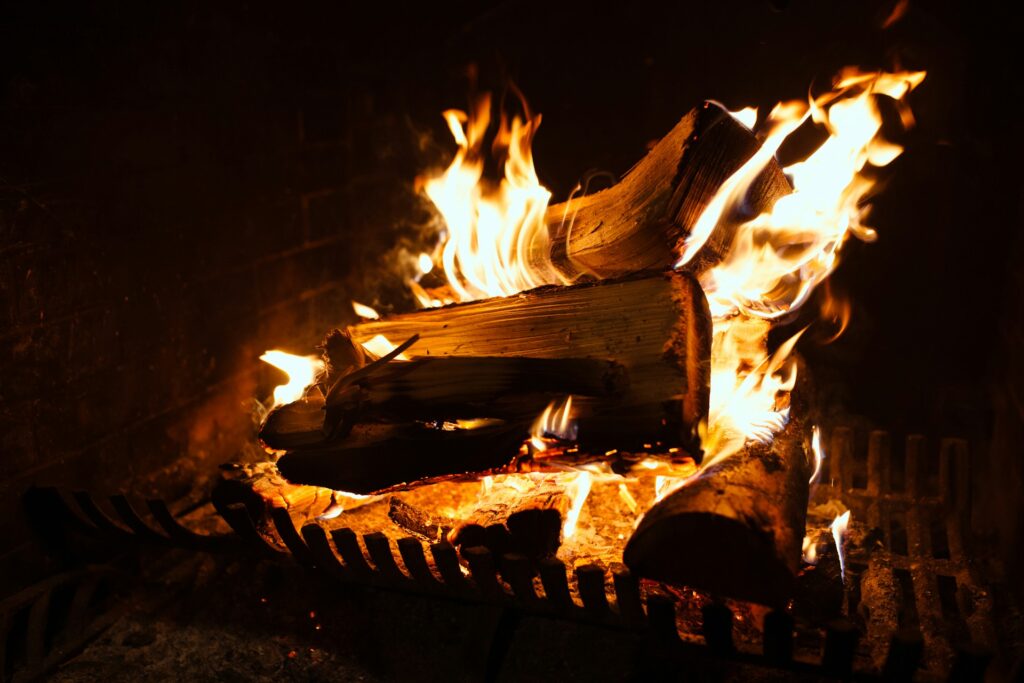Driving back from family travels for the holidays, two things happened on the way, which I thought connected in a useful way.
- There was “dry smog” over Montréal, caused in good part by all the fireplaces burning wood to have nice holiday fires going for Christmas the day before.
- On the radio, a short report on the popularity of fireplace videos on YouTube and Netflix.
When critiquing technology, we often talk about externalities and second order consequences. Dumping your electronics—or, often, even sending them to be recycled—means they eventually end up in landfills or somewhere in the global south, polluting their own lands and contaminating workers with deadly fumes.
Clothing, toys and much of everything, once made locally to the global north, where at least citizens might want to control working conditions, are made elsewhere, often in conditions we wouldn’t accept for our own citizens. Pollution regulations is nonexistent or vastly insufficient, or easily bypassed.
But all of these externalities are somewhere else, possibly unseen when they were made near you, now completely out of sight.
All of this to say that I thought the fireplaces were a nice, clear, easy to cite example of transferring externalities from your own sky to someone else’s. Burn your own real fireplace, you might have undesired smoke inside and will definitely send the rest outside, contributing to bad air conditions. Switch to Netflix, you get no odour, no smoke inside or out, and no smog. Somewhere else though, are massive servers guzzling water from the local aquifer, generating noise, and in some cases being powered by fossil fuels polluting yet another place, the region where the electricity is generated.
When you look at a holiday fireplace, there is smoke somewhere. Over your own head, or someone else’s.

Comments are closed here.